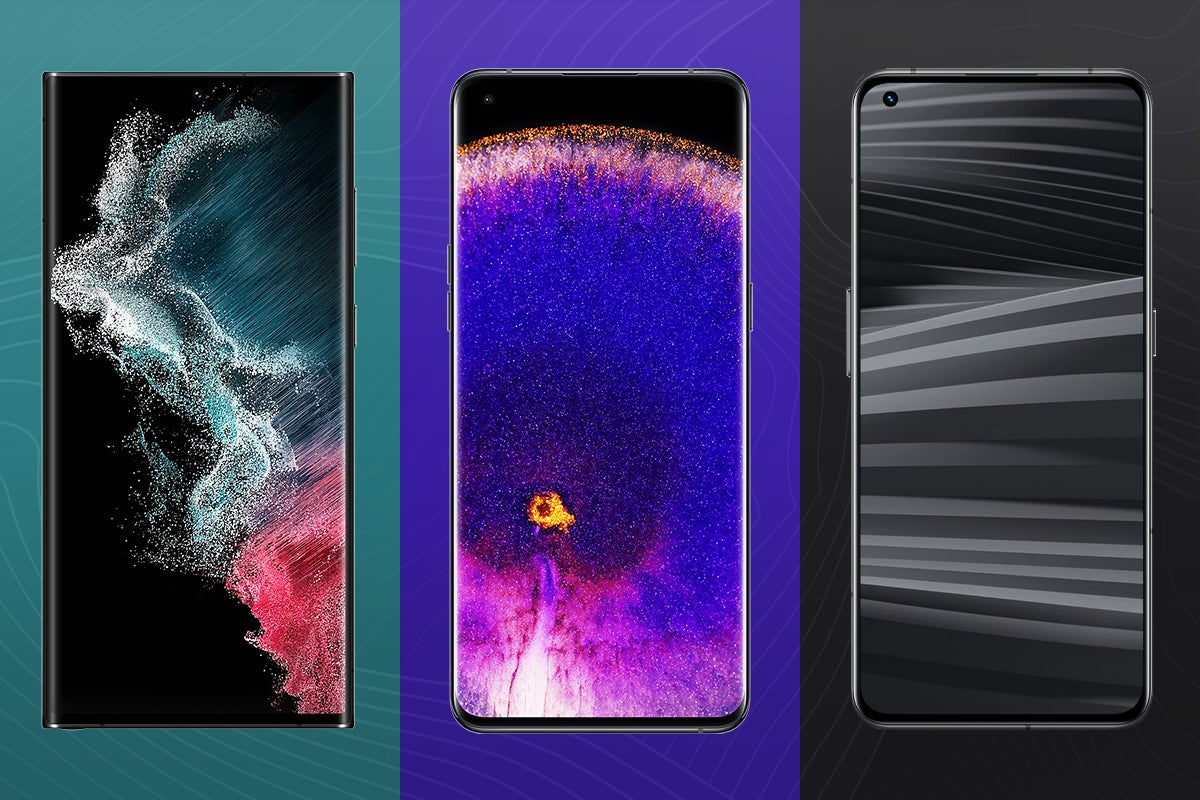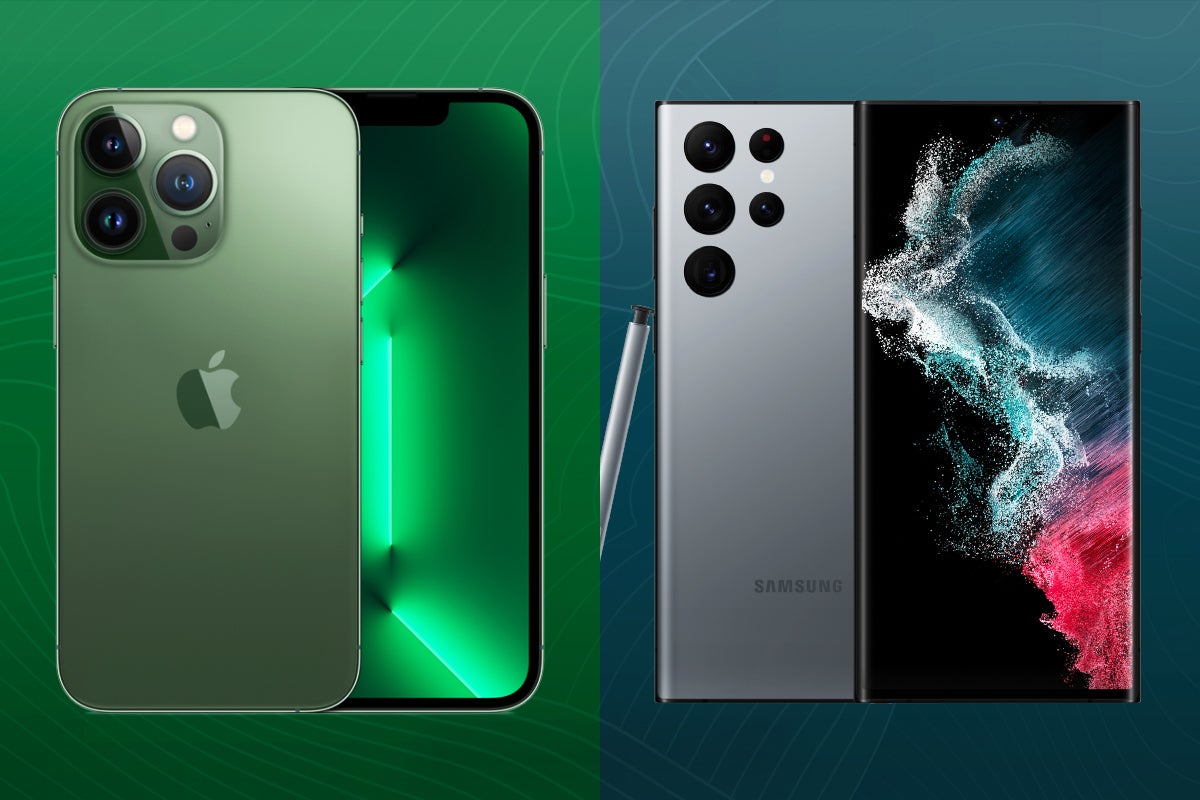Xiaomi 13 vs Xiaomi 13 Pro: What are the differences?
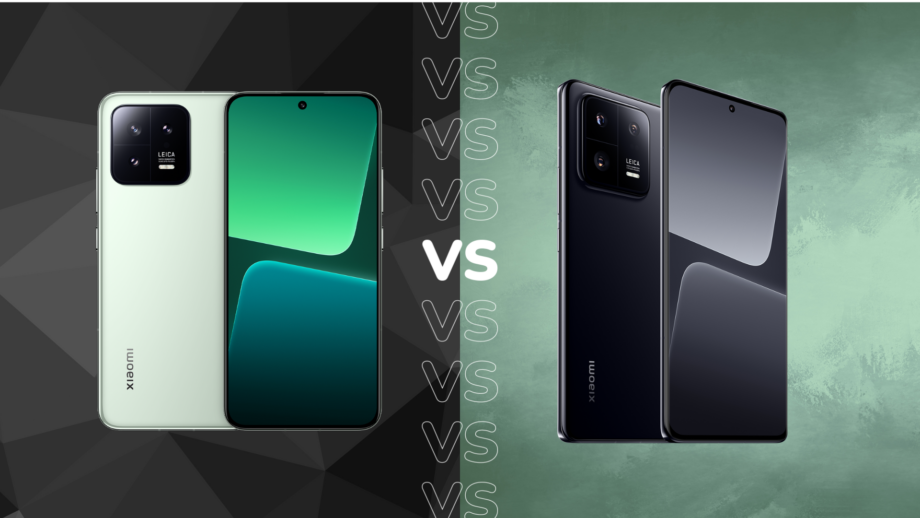
Xiaomi’s big news at MWC 2023 was the launch of three new flagship phones – the Xiaomi 13, Xiaomi 13 Pro and Xiaomi 13 Lite. But, how does the standard Xiaomi 13 compare to the Pro model?
We’ve broken down all the key differences between the two Xiaomi phones to help you decide which one is right for you.
The Xiaomi 13 Pro is bigger
The Xiaomi 13 Pro has a bigger screen and larger dimensions than the Xiaomi 13. It also weighs a bit more than the cheaper model.
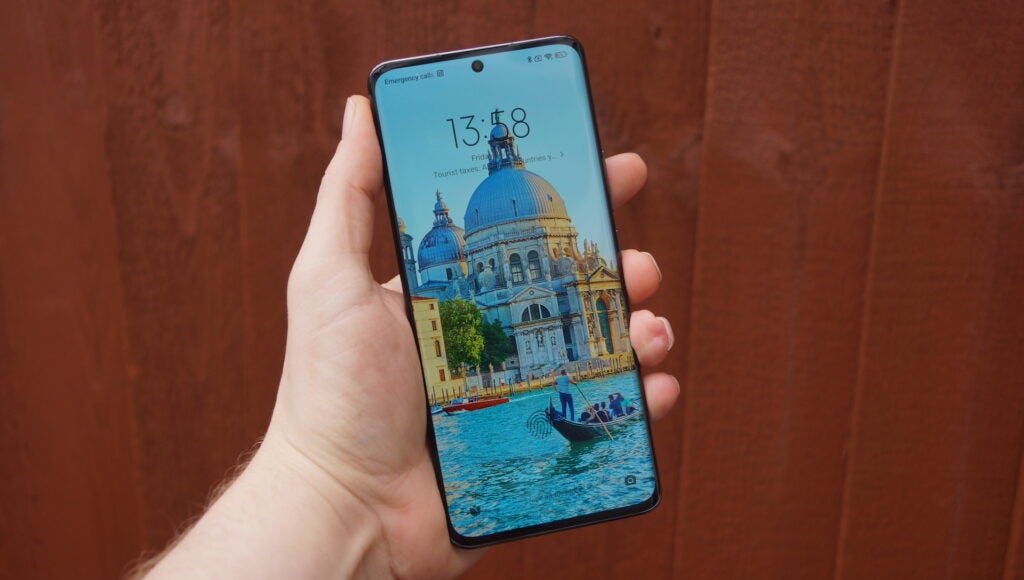
The Xiaomi 13 Pro has a curved 6.73-inch AMOLED display with a resolution of 3200 x 1440 and a 20:9 aspect ratio. The screen has a dynamic refresh rate that moves between 1 and 120Hz thanks to LTPO technology, along with a touch sampling rate of 240Hz.
The Xiaomi 13, on the other hand, has a flat 6.36-inch AMOLED display with a smaller 2400 x 1080 resolution and the same 20:9 aspect ratio. The Xiaomi 13 also has a 120Hz refresh rate (though in this case, the rate isn’t dynamic) and a touch sampling rate of 240Hz.
Both screens support Dolby Vision and HDR10+ technologies and have a peak brightness of 1900 nits.
When it comes to overall weight and dimensions, the Xiaomi 13 Pro is larger, thicker and heavier at 162.9 x 74.6 x 8.38mm and 229g to the Xiaomi 13’s 152.8 x 71.5 x 7.98mm and 189g.
Editor Max Parker actually preferred the look, feel and dimensions of the Xiaomi 13 over the Xiaomi 13 Pro in his first impressions review of the phone, though there’s no doubt the Pro model looks absolutely stunning with an impressively high-res display.

The Xiaomi 13 Pro has three 50-megapixel camera sensors
Both the Xiaomi 13 and the Xiaomi 13 Pro pack three camera sensors and both cameras are powered by Leica’s professional lenses and features. However, only the Pro model includes 50-megapixel sensors all around, including a 1-inch main sensor.
The Xiaomi 13 has a 50-megapixel main lens, a 12-megapixel ultra-wide lens and a 10-megapixel telephoto lens, while the Xiaomi 13 Pro takes advantage of a 50-megapixel main lens, 50-megapixel ultra-wide lens and a 50-megapixel telephoto lens.
We found the Xiaomi 13 took some great detailed shots that weren’t oversharpened but the colours did lack some of the punch you get when shooting on the iPhone 14 Pro Max.
Mobile editor Lewis Painter took some snaps with the Xiaomi 13 Pro and found the results to be packed with detail and vibrant colour, but you’ll have to wait for our full reviews for the final verdict on both phones.
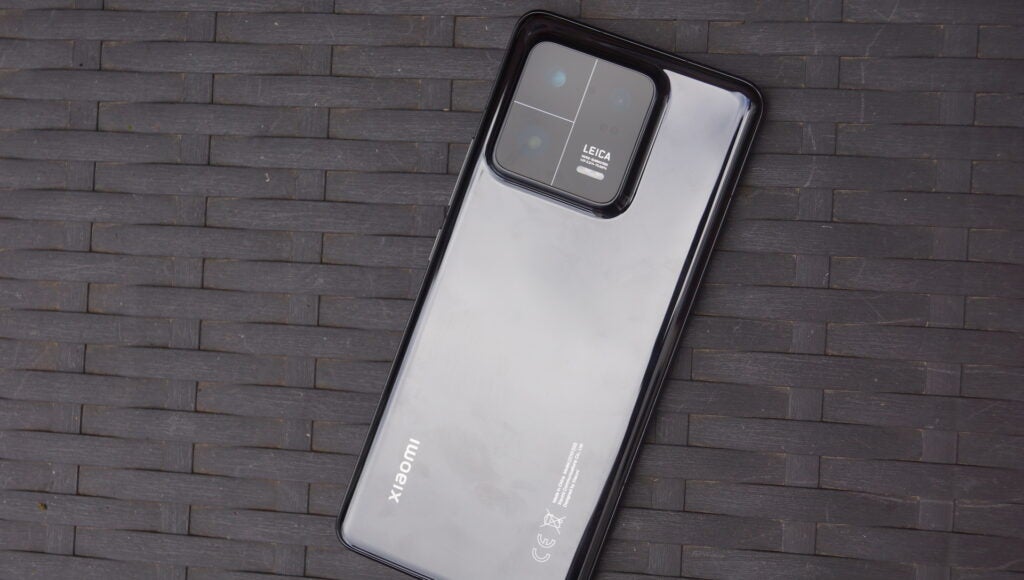
The Xiaomi 13 Pro charges quicker
The Xiaomi 13 Pro has a slightly larger battery than the Xiaomi 13 – and it charges faster, too.
Where the Xiaomi 13 has a 4500mAh battery and supports up to 67W wired charging which allows the phone to reach 100% in just 38 minutes, the Xiaomi 13 Pro boasts a heftier 4820mAh battery that supports 120W HyperCharge. This allows the Pro model to go from 0 to 100% in 24 minutes when using Standard mode or as little as 19 minutes when using Boost mode.
Both phones also support 50W wireless charging and 10W reverse wireless charging.

The Xiaomi 13 comes in more colours
Both the Xiaomi 13 and the Xiaomi 13 Pro are available in black and white finishes, but the Xiaomi 13 also comes in a third Flora Green shade for those looking for a pop of colour.
The Xiaomi 13 is cheaper
As you might expect, the Xiaomi 13 has a smaller price tag than the Xiaomi 13 Pro. Prices for the Xiaomi 13 start at £849, while the 13 Pro begins at a steeper £1099.


